Identification
This form of deficiency would have to be the most common in the rose gardens of Australia. Caused by the inability of the plant to access the Iron element from the soil, known as Iron induced chlorosis. Most common cause would be soil with a very high pH level of 9 or 10. Commonly found in limestone soils where the residual iron in the soil is unavailable to the plant due to the highly alkaline soil.
Control
Commonly seen in South Australia or soils where limestone is present. Can also be found in new housing properties and mostly identified where the mortar was being mixed.
Most common and quickest remedy is the use of Iron Chelates however this is not a long term solution. Changing the pH of the soil to a more neutral level is the best solution. Adding plain agricultural sulphur scattered over the root zone and watered in, reduces the pH level and allows the plant to access the Iron existing in the soil. It is not a quick fix and many applications of Sulphur are needed over several years.
The application of as much organic matter as possible can assist in correcting the problem.

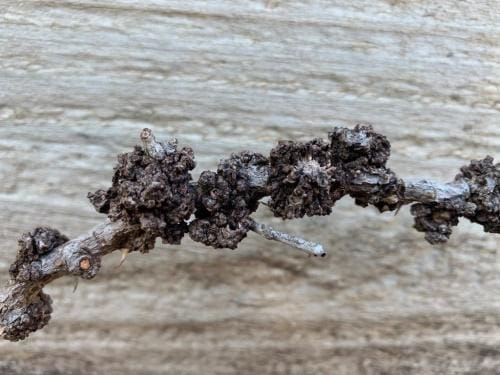 AERIAL ROOTING
AERIAL ROOTING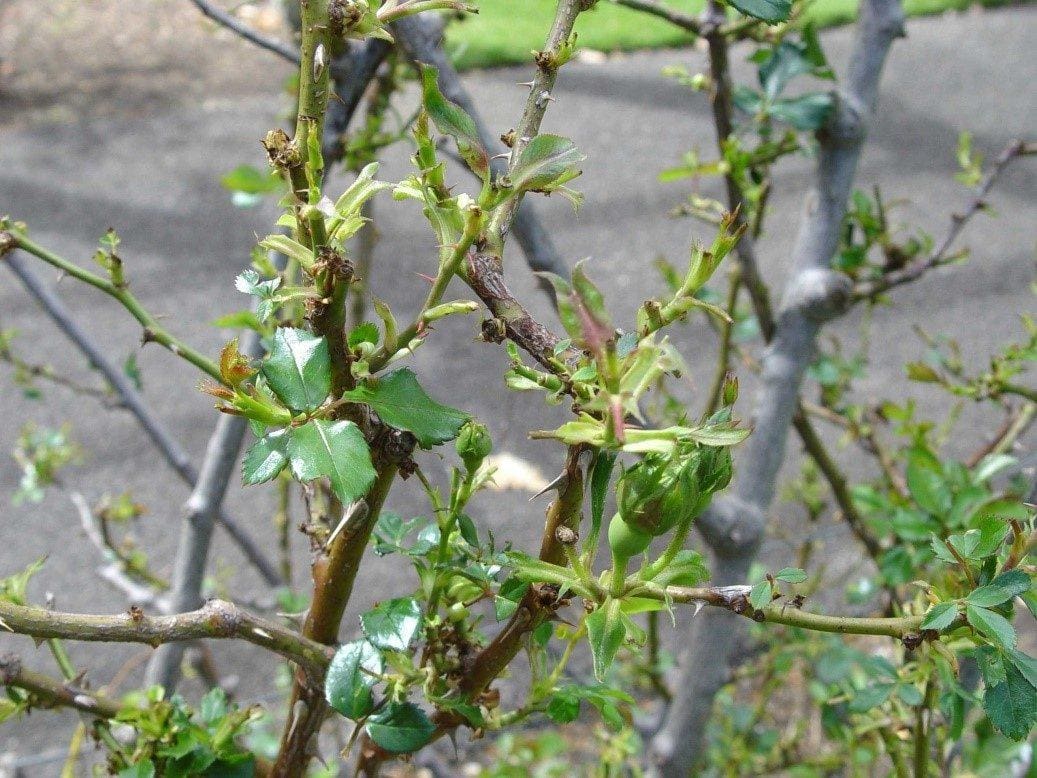 ANIMAL DAMAGE
ANIMAL DAMAGE APHIDS
APHIDS BLACKSPOT
BLACKSPOT BOTRYTIS
BOTRYTIS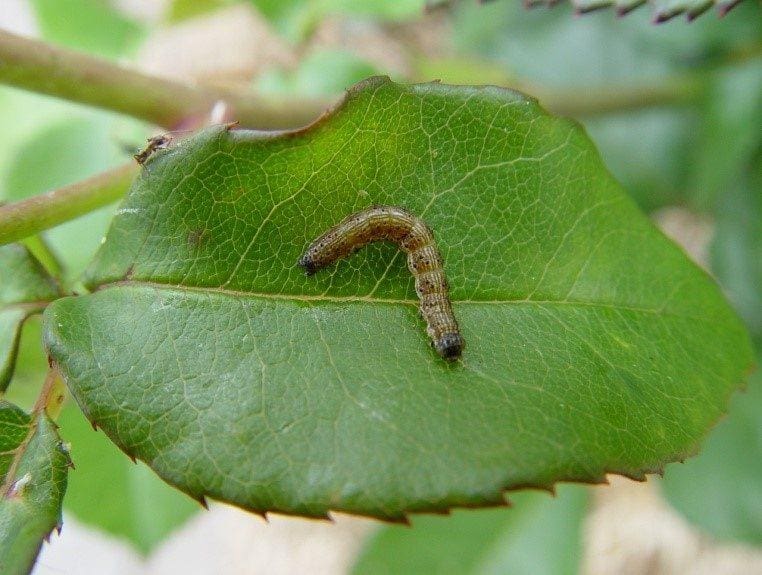 CATERPILLAR
CATERPILLAR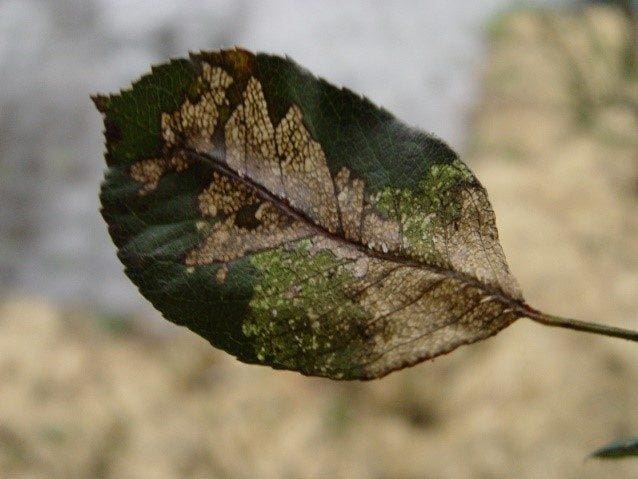 CATERPILLAR
CATERPILLAR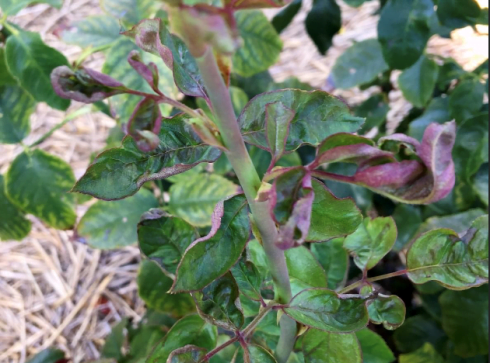 CHILLI THRIP
CHILLI THRIP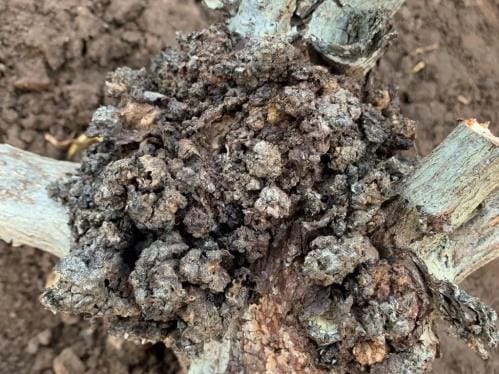 CROWN GALL
CROWN GALL EARWIG
EARWIG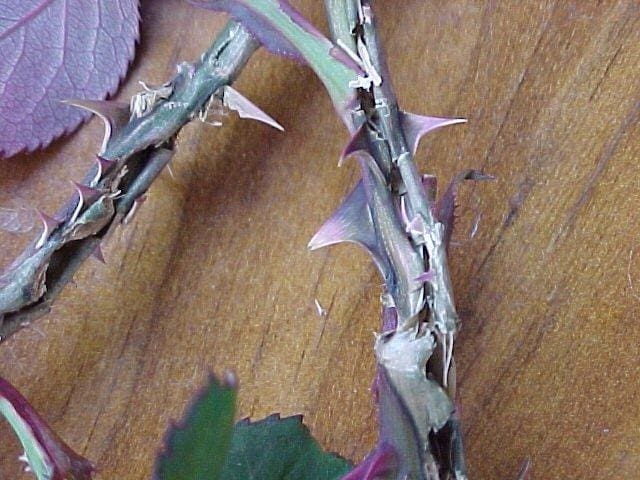 GALAH DAMAGE
GALAH DAMAGE GARDEN WEEVEL
GARDEN WEEVEL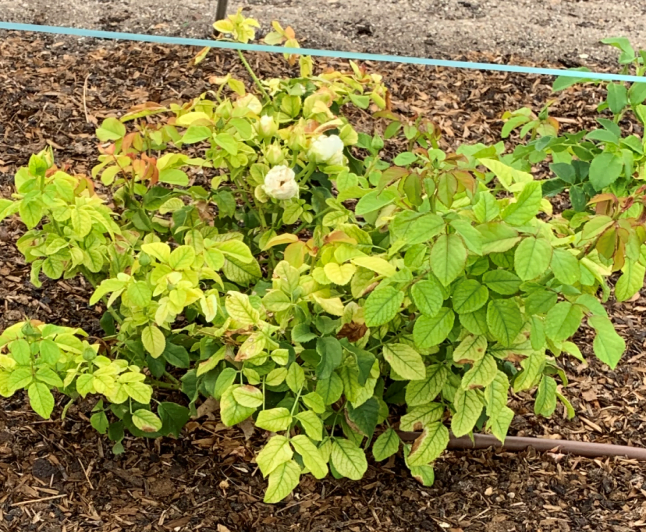 IRON DEFICIENCY (High pH Level)
IRON DEFICIENCY (High pH Level) LADYBIRD
LADYBIRD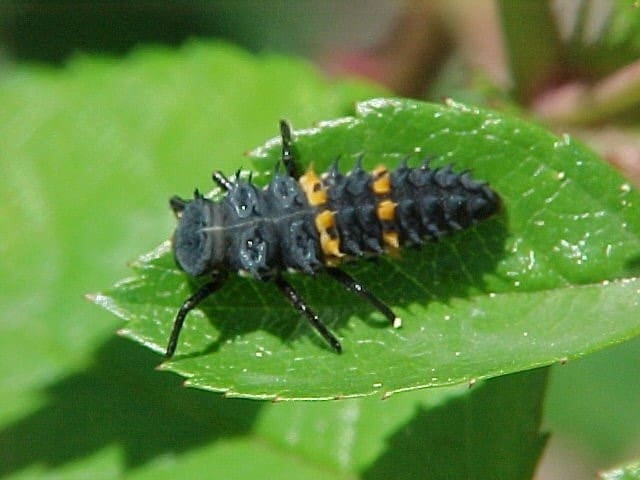 LADYBIRD NYMPH
LADYBIRD NYMPH LEAF CUTTER BEE
LEAF CUTTER BEE MILDEW
MILDEW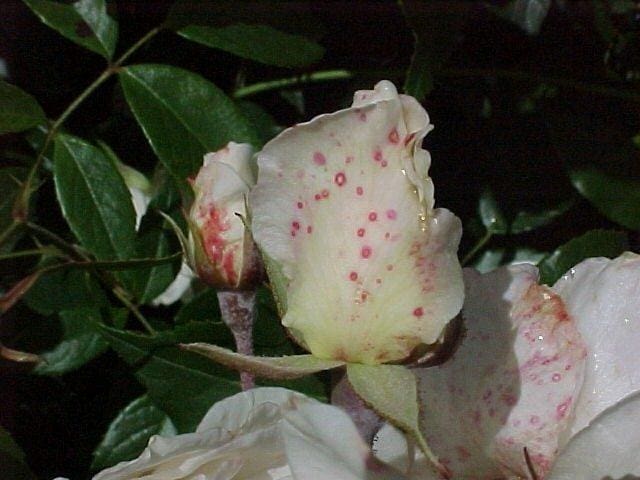 RAIN BRUISING
RAIN BRUISING RUST
RUST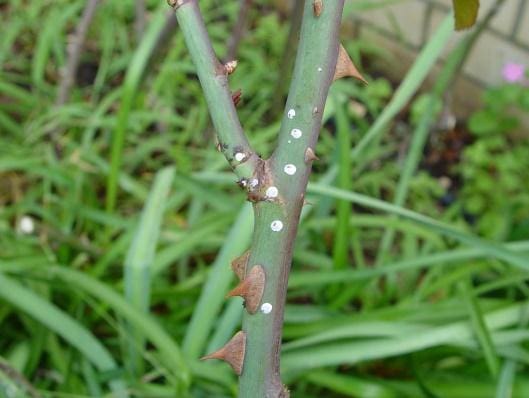 SCALE
SCALE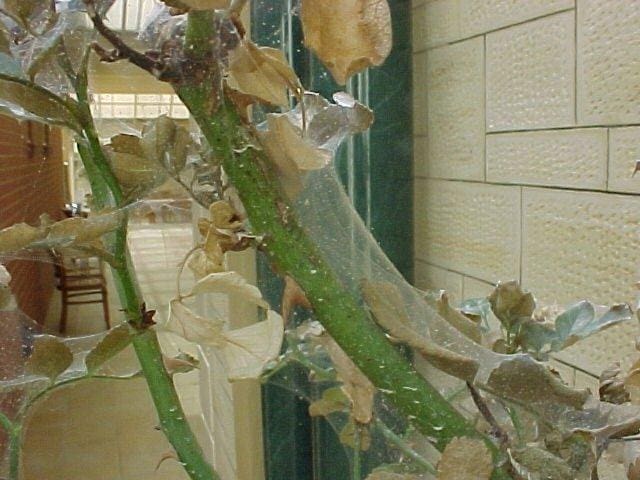 SPIDER MITE (Two Spotted Mite)
SPIDER MITE (Two Spotted Mite)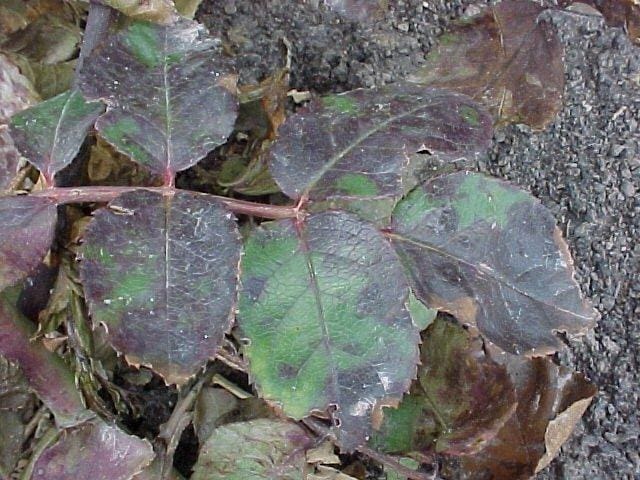 SPRAY BURN
SPRAY BURN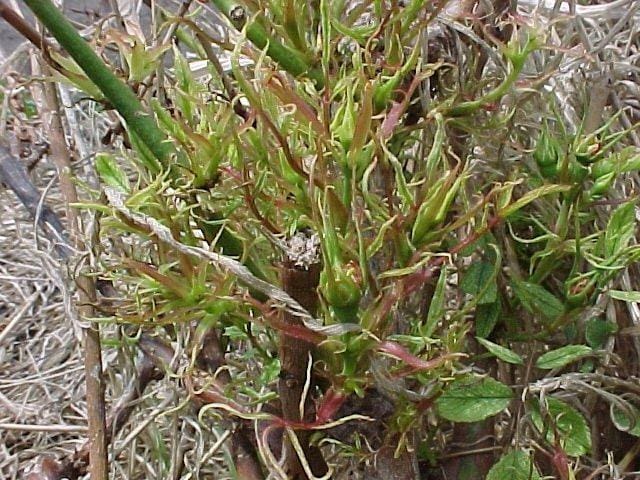 SPRAY DAMAGE
SPRAY DAMAGE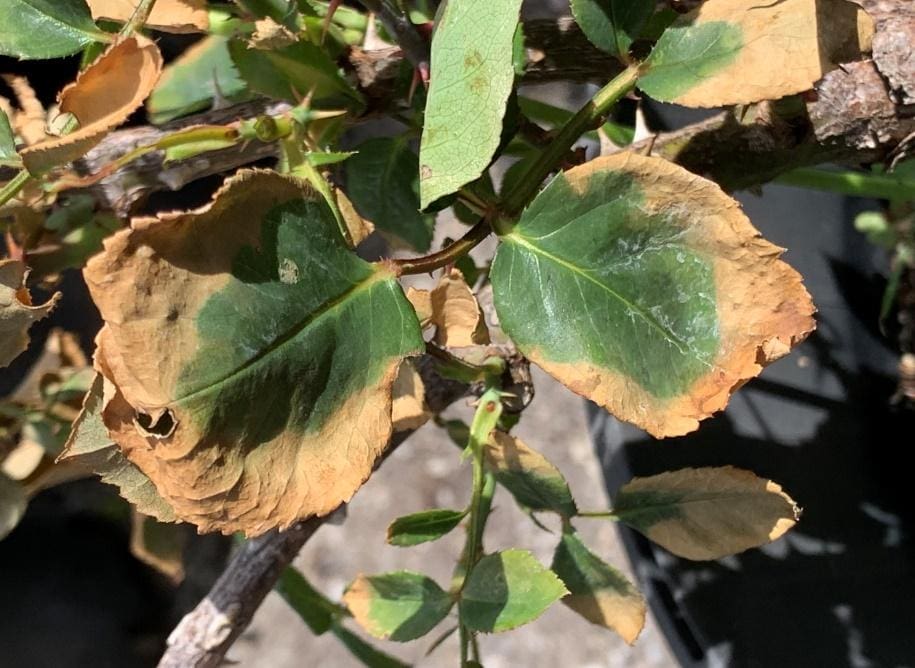 SUN BURN
SUN BURN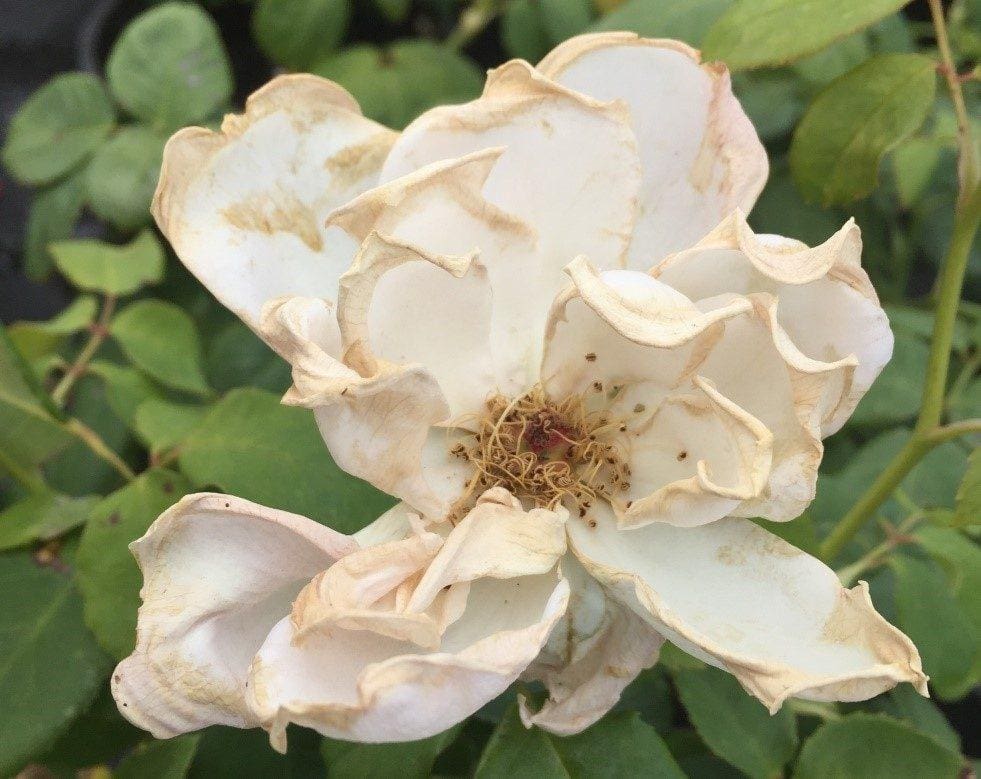 THRIP
THRIP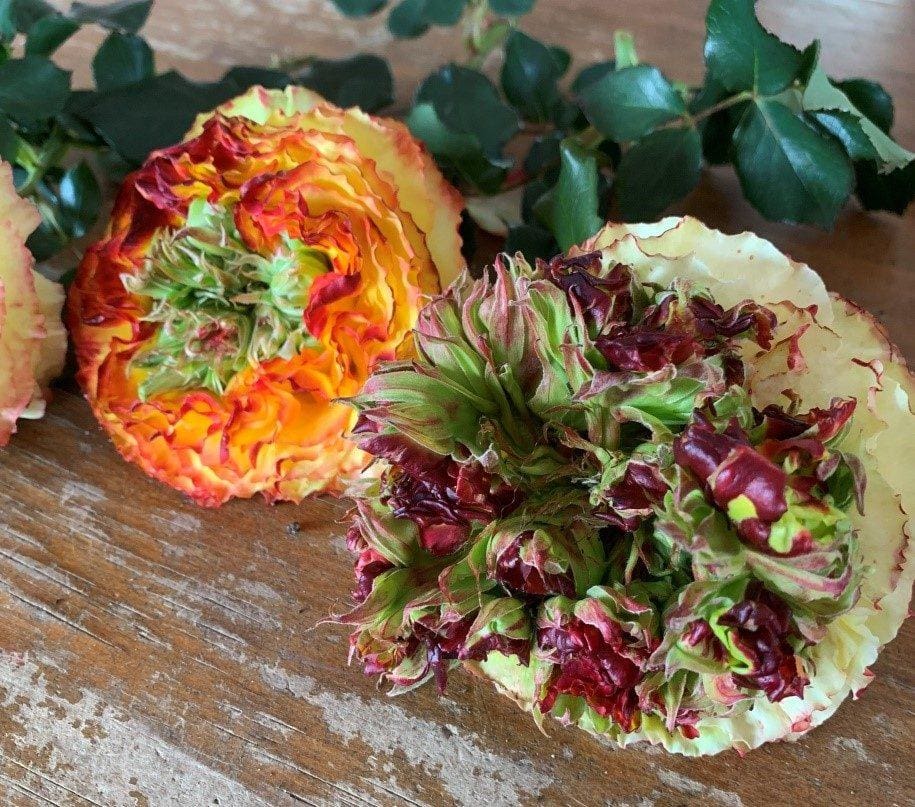 VEGETATIVE CENTRE
VEGETATIVE CENTRE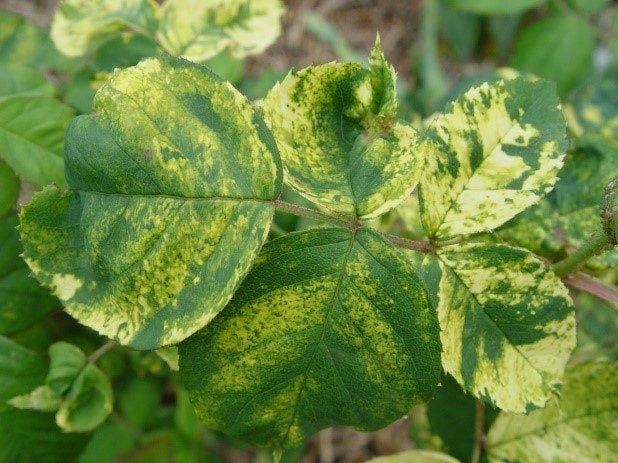 VIRUS MOSAIC
VIRUS MOSAIC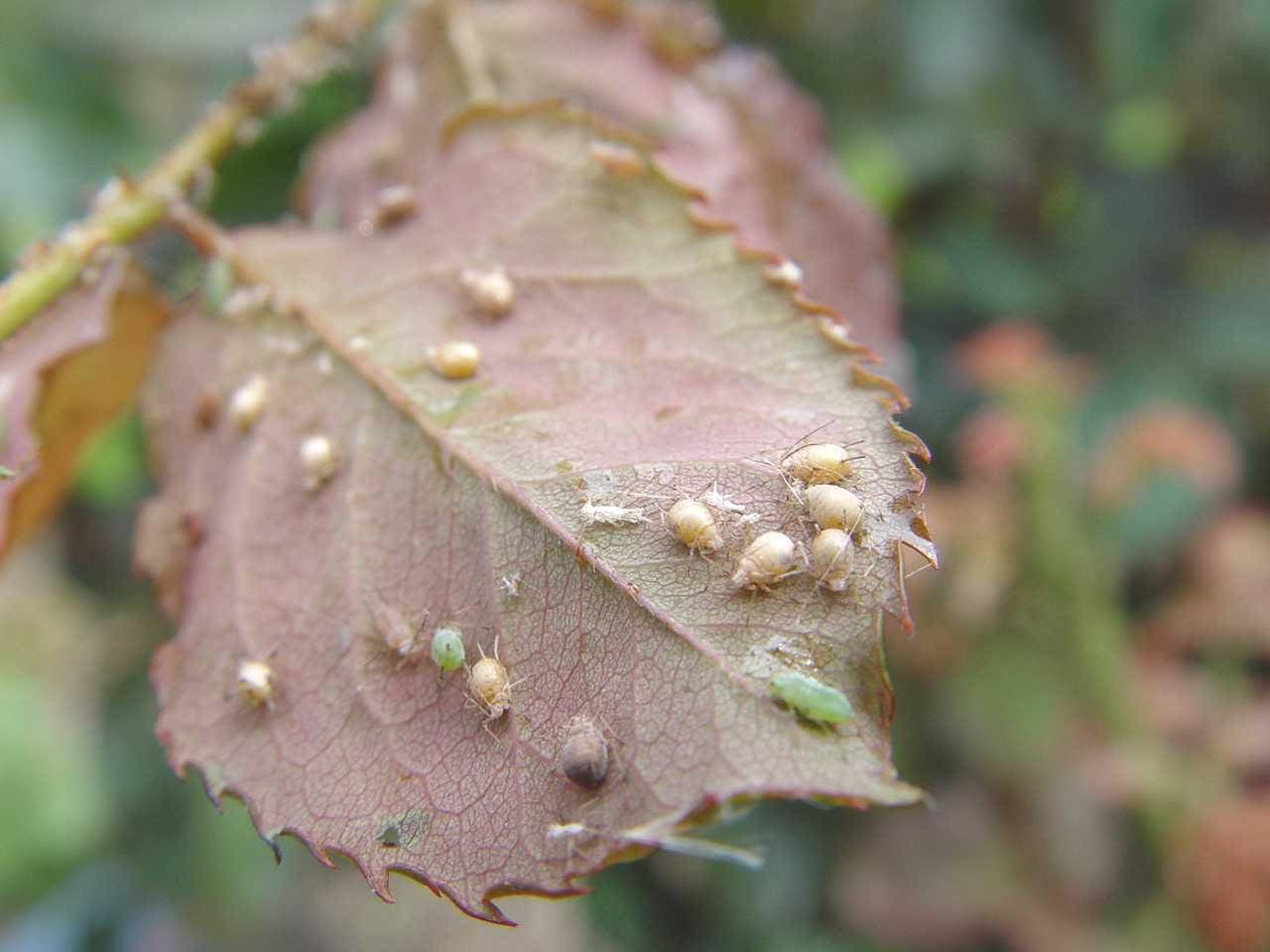 WASP COCOON
WASP COCOON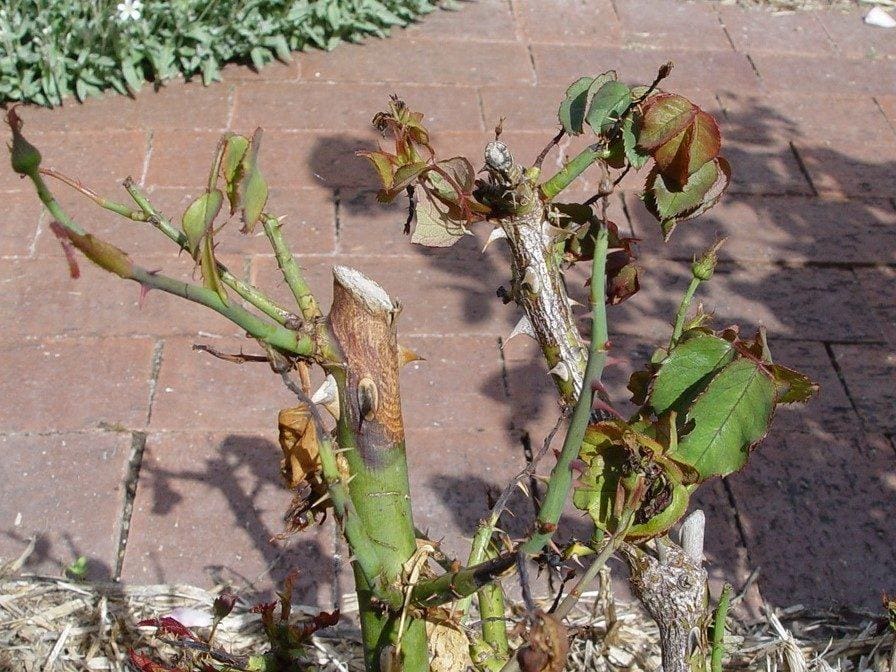 WILT & DIEBACK
WILT & DIEBACK